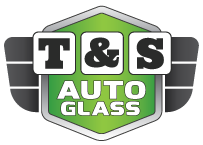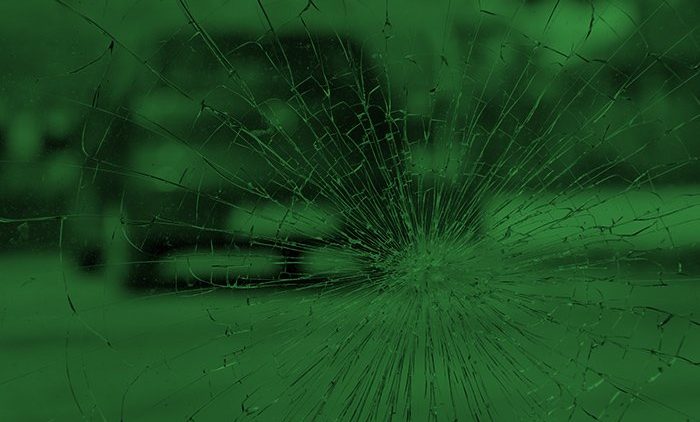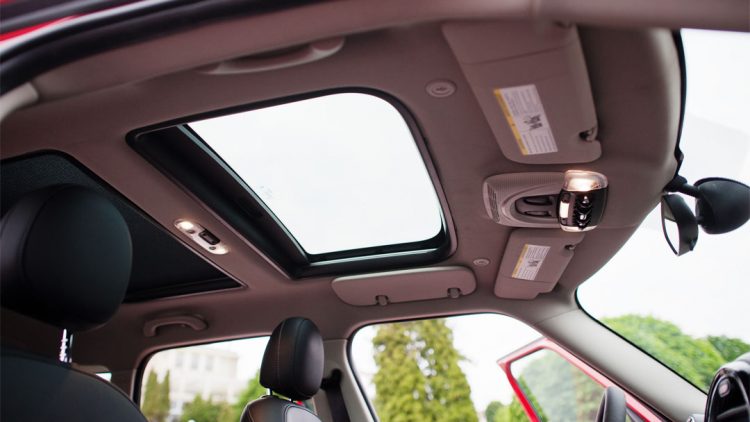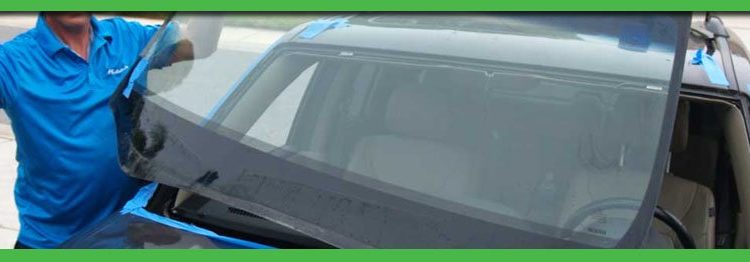What Are the Main Reasons Windshields Need Replacing?
1. Rock Chips and Cracks That Spread
Probably the number one culprit here in Arizona is flying debris. A tiny rock chip might not look like much, but with our extreme temperature swings (think 110°F days that cool down fast at night), glass expands and contracts. That little chip can spiderweb into a long crack almost overnight. If it reaches more than a few inches, or if it’s in the driver’s line of sight, replacement is usually the only safe option.
2. Accidents and Road Hazards
Even a minor fender bender can compromise your windshield. Sometimes the damage isn’t obvious at first glance — a hairline crack at the edges or a weakened seal can grow into something serious. And if you’ve ever had a branch fall during a monsoon storm (yep, it happens here in Phoenix!), you know a windshield can take the brunt of it. Once structural integrity is lost, it’s not worth the risk of trying to keep it.
3. Failed or Poor Past Repairs
Not all glass repairs are created equal. If a previous chip repair wasn’t done properly — maybe low-quality resin was used, or it didn’t cure right — the damage can resurface and spread. At that point, replacing the whole windshield is the only way to restore full clarity and safety.
4. Safety and Structural Integrity
This one’s big. Your windshield isn’t just there to block bugs and wind. It’s an important part of your car’s structural safety. In fact, it helps support the roof in a rollover and plays a role in airbag deployment. If the glass is compromised, so is the protection for everyone inside. That’s why even cracks at the edges — where strength really matters — usually mean it’s time for a full replacement.
5. Visibility Issues
Let’s be real: driving around Phoenix with the sun glaring in your eyes is tough enough without a cracked or pitted windshield making things worse. Even small distortions in the glass can mess with visibility, especially when sunlight or headlights hit just right. If your windshield looks sandblasted (another Arizona special thanks to desert dust and freeway driving), replacing it can make a night-and-day difference in how clearly you see the road.
6. Leaks and Loose Seals
A windshield that isn’t sealed properly can let in water — and in monsoon season, that’s no joke. Not only is it annoying to have water dripping inside, but it can lead to electrical issues, mold, or damage to your interior. If resealing doesn’t solve the problem, replacement is the best bet.
7. Arizona Weather Takes a Toll
Our climate deserves its own category. UV rays, extreme heat, and sudden rainstorms all take a toll on auto glass. Over time, heat stress can worsen existing chips, while dust storms leave behind tiny scratches that cloud up the glass. It’s one of the reasons windshield replacement is more common here in Phoenix than in many other states.
Wrapping It Up
At the end of the day, replacing a windshield isn’t just about looks — it’s about safety, comfort, and keeping your car road-ready. Here in the Valley, between flying rocks, scorching summers, and sudden storms, it’s no surprise that windshield replacement is such a common service.
If you’ve got a chip or crack and aren’t sure whether repair or replacement makes sense, give T&S Auto Glass in Phoenix a call. We’ll take a look and give you an honest recommendation. And remember, a clear, solid windshield isn’t just peace of mind — it’s essential for safe driving.
T&S Auto Glass Offers Replacement Sunroofs and Moonroofs in Chandler
When you’re looking for the best windshield repair & replacement in Phoenix, T&S Auto Glass is here to help! We offer mobile windshield repair anywhere in the Phoenix Valley for your convenience and at our shop in Chandler, AZ. If you’ve got a cracked windshield, chipped windshield, or need any other type of auto glass repair service call our friendly and professional team.





